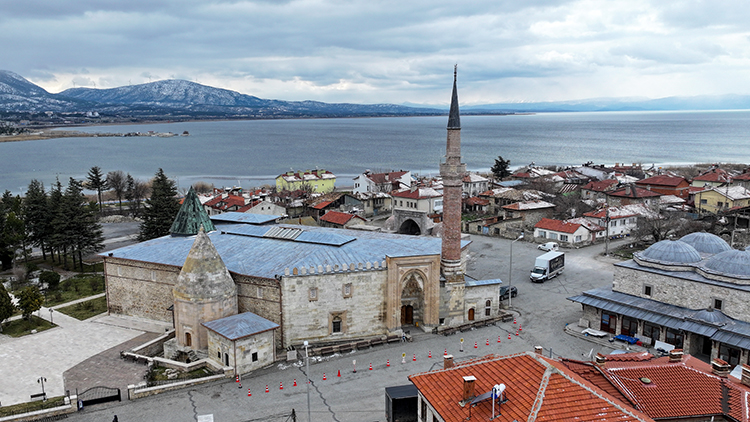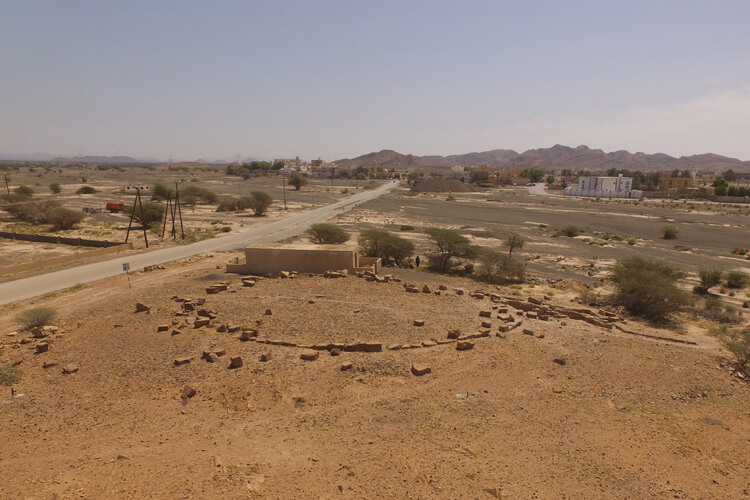
5,000-Year-Old Secrets Unveiled: Oman’s Bronze Age Towers Were More Than Just Watchtowers!
The nearly 5,000-year-old Bronze Age towers scattered across the arid landscapes of Oman have long been shrouded in mystery. Initially perceived as simple watchtowers or defensive structures, these enigmatic remnants of the past are now telling a vastly different story, thanks to the meticulous research of German scholar Prof. Stephanie Dopper. Oman’s Bronze Age Towers:
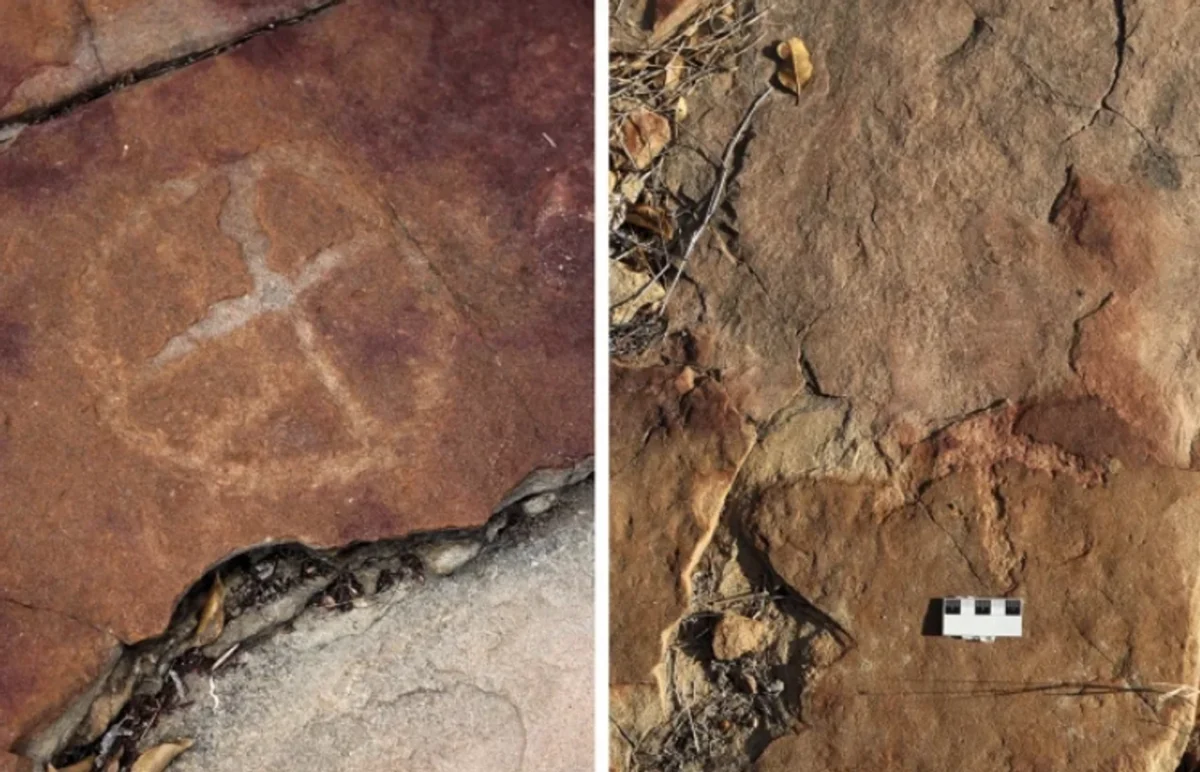
9,000-Year-Old Rock Art Suggests Humans Encountered Dinosaur Footprints
A new study in Brazil provides evidence that humans living approximately 9,000 years ago interacted with dinosaur footprints. Researchers suggest that petroglyphs (rock carvings) etched into rock surfaces are closely associated with dinosaur footprints, indicating that early humans may have drawn inspiration from these traces. The Relationship Between Dinosaur Footprints and Petroglyphs The research was
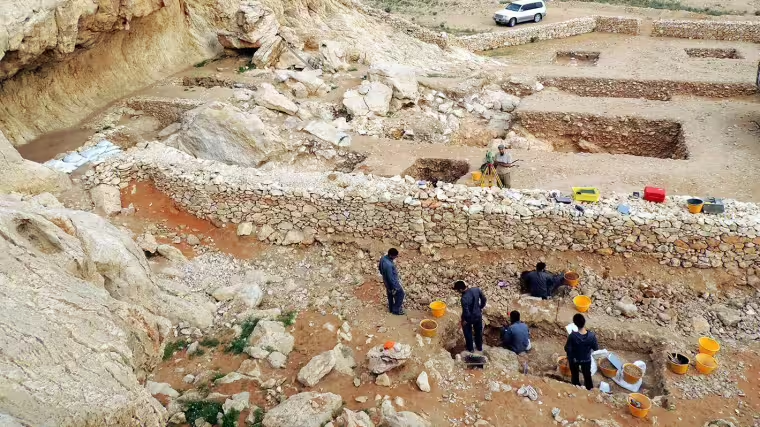
80,000-year-old stone knives have been discovered in South Arabia
Archaeological excavations at the Jebel Faya rock shelter in the Emirate of Sharjah have unearthed significant findings that shed light on human history. An international research team led by Knut Bretzke from Friedrich Schiller University Jena discovered stone blades dating back 80,000 years. This discovery marks the oldest known evidence of systematic stone tool production

The bronze head of the Roman emperor returned by Denmark begins to be exhibited in Antalya Museum
The bronze head of Septimius Severus, the first Roman emperor of African descent, has been returned from Denmark to Turkey. This remarkable artifact will be displayed at the Antalya Museum. The repatriation of the bronze head is a significant milestone in Turkey’s recent efforts to reclaim historical treasures that have been looted abroad. In her
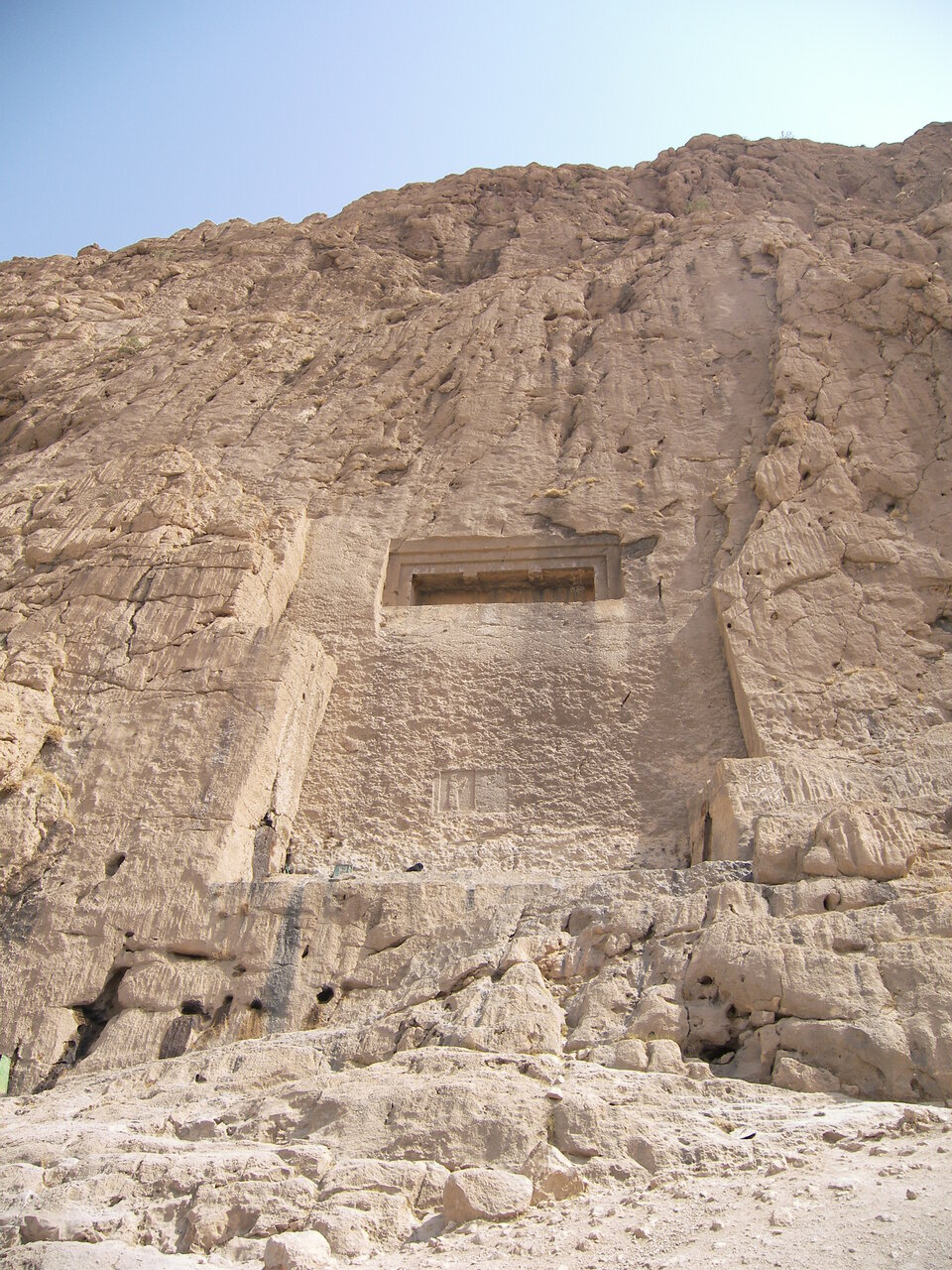
The 2400-year-old Dokkan-e Daud relief in western Iran displays influences of Zoroastrianism
Dokkan-e Daud, also known as David’s Store, is a significant archaeological site located in the rugged landscapes of Kermanshah province in western Iran. This site serves as both a tomb and a relief, offering valuable insights into Zoroastrian religious practices. Situated twelve meters above the ground, Dokkan-e Daud features a wide entrance framed by two
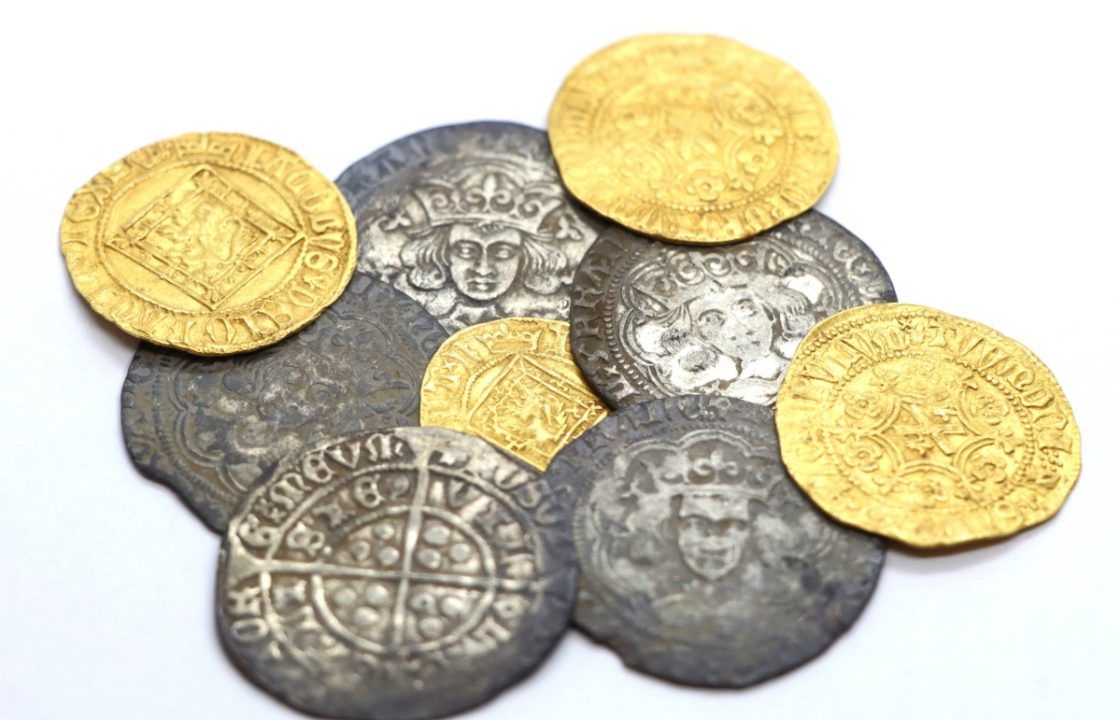
Metal detector users discovered a hoard of medieval coins from the 15th century on the Scottish border
Two metal detector users recently found a hoard of medieval coins from the 15th century on the Scottish border. Keith Young and Lisa Stephenson were in the Cappercleuch area when their detectors began to signal. They discovered a treasure they never expected. This hoard includes thirty gold and silver coins left in the area between

A business in Istanbul has transformed a 1500-year-old historical cistern into a thermal spa center
In Istanbul, a 1,500-year-old historical cistern next to the Hagia Sophia Mosque has been transformed into a spa center called Navitas Spa Cistern by a five-star hotel. During this transformation, a pool was added inside the historical cistern, and special massage rooms were created on the lower floors, raising concerns about the integrity of the
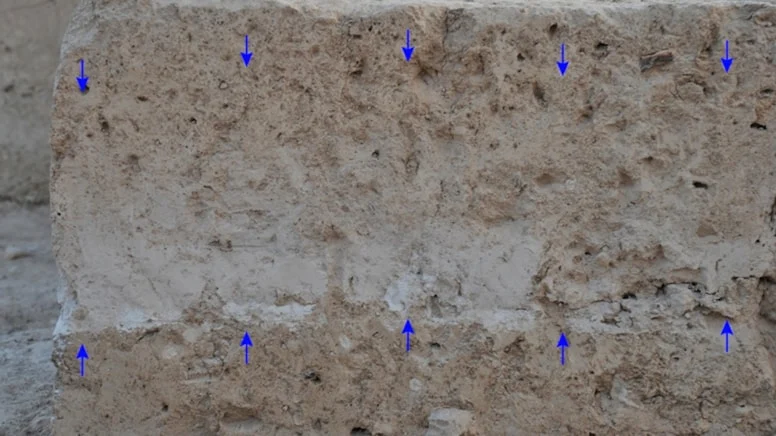
The mystery of the 3,500-year-old ash layer at Tepecik Mound in Turkey has been solved
In 2023, significant archaeological excavations at Tepecik Mound, located in the Çine district of Aydın, Turkey, uncovered a dense layer of ash that sparked intrigue among researchers. The unique color and composition of the ash led the research team to hypothesize a potential link to a volcanic eruption. To validate their hypothesis, they sent samples
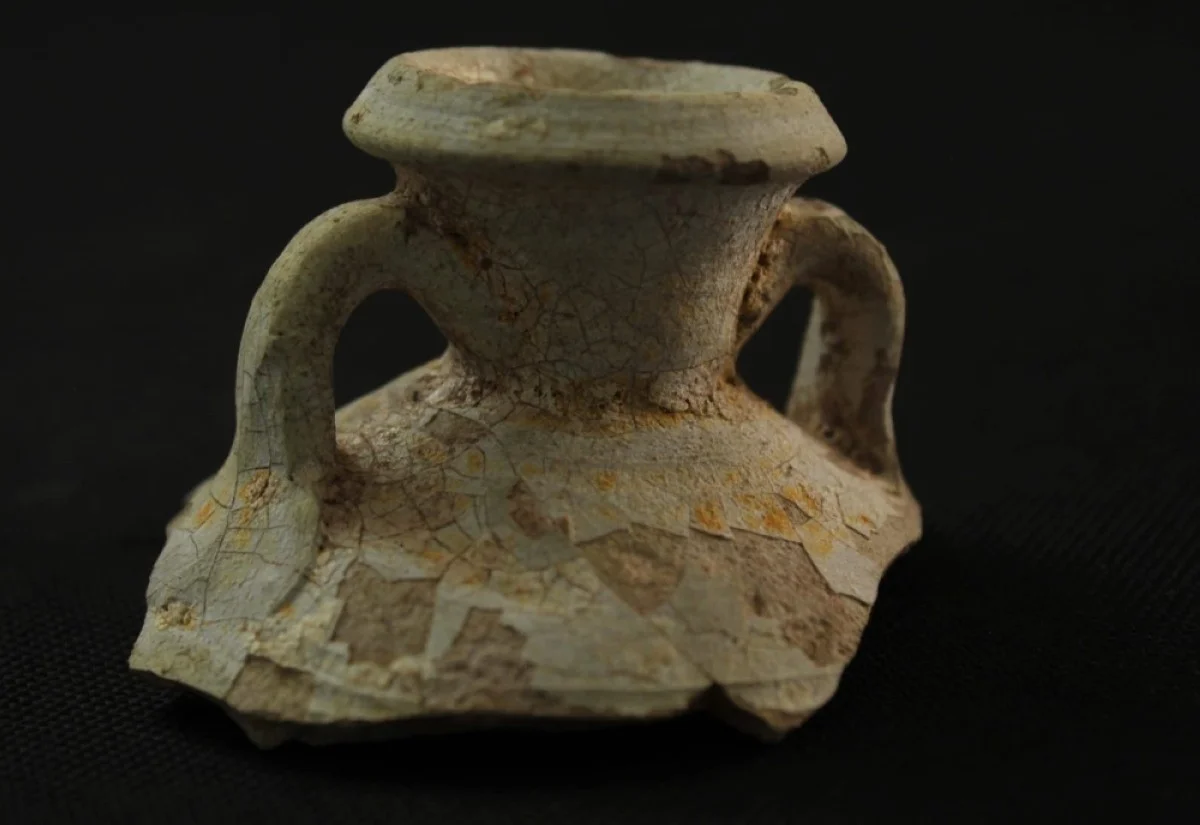
Ancient Structures and Artifacts Dating Back 2,300 Years Discovered in Kuwait
A Kuwaiti-Italian archaeological mission team has uncovered significant structures, including a courtyard and a building from the Hellenistic period, dating back 2,300 years in the western part of the Al-Qurainiya area on Failaka Island. This discovery was announced in a press release by the Kuwait National Council for Culture, Arts and Letters (NCCAL). Mohammad bin
